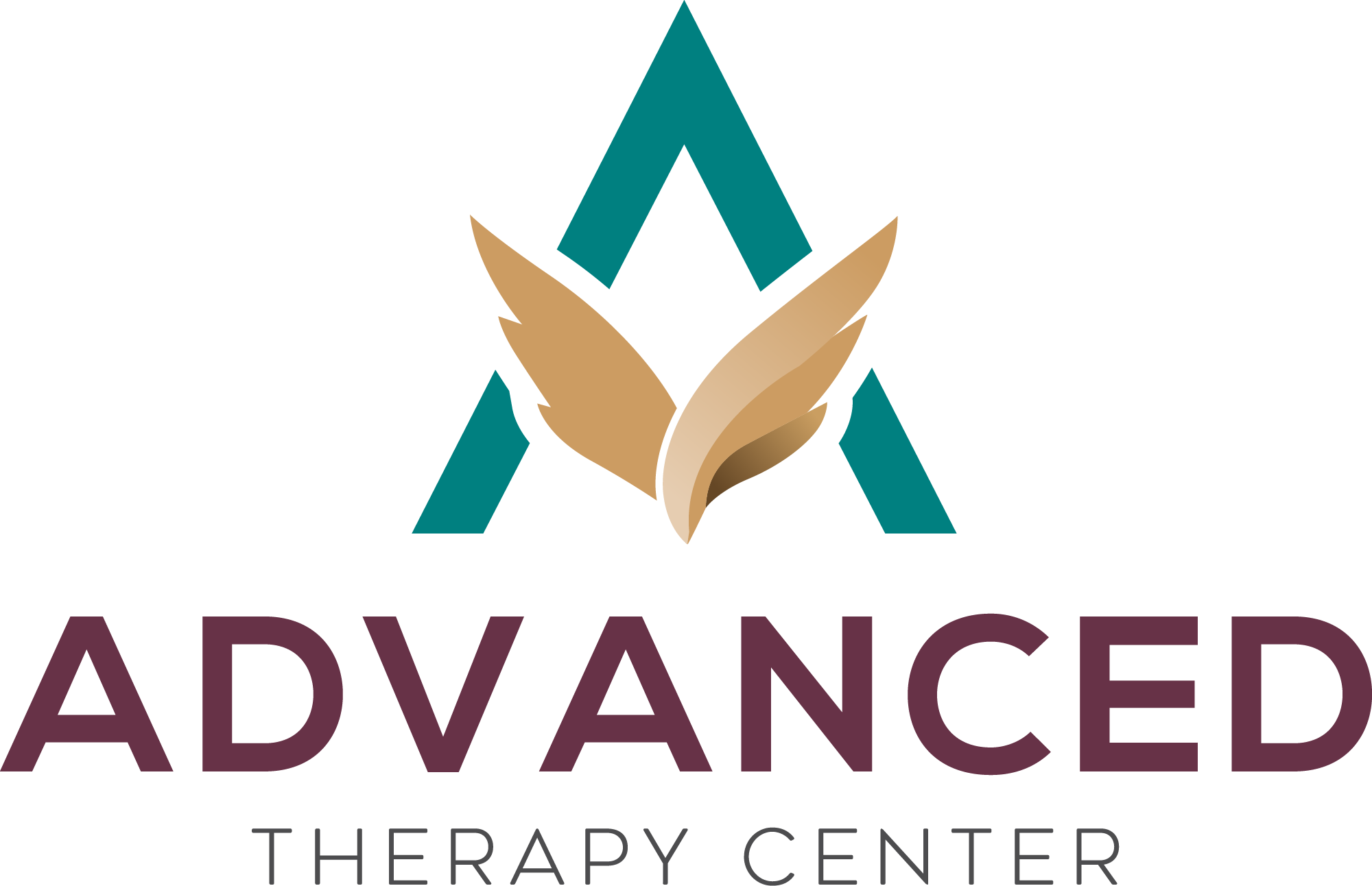Understanding PTSD: A Journey Towards Healing
Keywords: “Does PTSD ever go away?, PTSD, post-traumatic stress disorder.
Post-Traumatic Stress Disorder (PTSD) is a mental health condition triggered by experiencing or witnessing a traumatic event. Common symptoms include flashbacks, nightmares, severe anxiety, and uncontrollable thoughts about the event. The condition can significantly impair daily life and relationships if left untreated.
Understanding the recovery process in PTSD is crucial for anyone affected by this condition. Recovery isn’t linear; it involves various stages and can look different for each individual. Recognizing that healing from trauma is a journey can provide hope and patience during challenging times.
There are several misconceptions about the duration of PTSD symptoms:
- Many believe that symptoms will eventually disappear on their own.
- The belief that one should just “get over it” undermines the severity of the condition but also discourages seeking necessary help.
However, PTSD can linger for months or even years without appropriate intervention.
Misconceptions also extend to the idea that everyone recovers at the same rate. The reality is that recovery times vary widely based on factors such as the trauma’s severity, an individual’s resilience, and available support systems. Understanding these nuances helps set realistic expectations for those on their healing journey.
For those struggling with PTSD, seeking professional help can be a vital step towards recovery. Advanced Therapy Center offers personalized care to help manage and overcome mental health challenges, leading to a healthier and more fulfilling life. Additionally, exploring mental health resources in your area can provide valuable support and guidance during this journey.
The Complex Nature of Recovery from PTSD
Understanding recovery from PTSD can be challenging due to the highly individualized nature of the condition. PTSD recovery is not a linear process and can vary significantly from person to person.
Factors Influencing Recovery Timelines
Several factors can influence how long it takes for someone to recover from PTSD:
- Severity of Trauma: The intensity and nature of the traumatic event play a crucial role in recovery. More severe or prolonged trauma often leads to more persistent symptoms.
- Support Systems: Access to a supportive network of family, friends, and mental health professionals can significantly impact healing. Strong support systems provide emotional backing that can alleviate distress.
- Individual Resilience: Personal resilience, which includes one’s coping skills and psychological strength, greatly influences recovery. Some individuals may naturally possess higher resilience levels, aiding quicker recovery.
- Treatment for PTSD: Early and effective treatment interventions are critical. Evidence-based therapies like Cognitive Behavioral Therapy (CBT) and Dialectical Behavior Therapy (DBT) can make a substantial difference in symptom management.
Understanding the Duration and Persistence of PTSD Symptoms
The timeline for when PTSD symptoms first manifest is typically within three months after experiencing a traumatic event. If left untreated, these symptoms can persist indefinitely, severely impacting quality of life.
Common symptoms include:
- Intrusive Thoughts: Flashbacks, nightmares, and severe anxiety
- Avoidance: Steering clear of reminders associated with the trauma
- Hyperarousal: Increased irritability, difficulty sleeping, heightened startle response
Unresolved PTSD can lead to chronic conditions that require ongoing management. While some individuals may experience a complete resolution of their symptoms over time, others may need to engage in continuous therapeutic practices.
Triggers and Resurgence of Symptoms
Certain triggers can cause symptoms to resurface even years after the initial trauma:
- Anniversaries: Dates marking the occurrence of the trauma can bring back intense memories.
- Stressful Life Events: Significant changes or stressors such as job loss or relationship issues can reactivate PTSD symptoms.
Understanding these triggers is essential for developing effective coping mechanisms.
By exploring these various factors and acknowledging the complexity of PTSD recovery, you gain a deeper insight into why this journey varies so widely among individuals. Recognizing that healing is possible but may require sustained effort highlights the importance of personalized approaches in managing PTSD effectively.
For further understanding about the symptoms, causes, and potential treatments for PTSD, it’s advisable to consult with healthcare professionals who specialize in this area.
Effective Treatments for Healing from Trauma
Cognitive-Behavioral Therapy (CBT) for PTSD
Cognitive-behavioral therapy (CBT), a widely recognized treatment for PTSD, is part of the comprehensive care for mental health offered by many professionals. This therapeutic approach focuses on helping individuals identify and change negative thought patterns and behaviors that contribute to their distress. Through CBT, you can learn to:
- Recognize and challenge distorted beliefs about yourself and the trauma
- Develop healthier coping mechanisms
- Reduce avoidance behaviors that reinforce fear and anxiety
CBT often includes exposure therapy, where you gradually face trauma-related memories and situations in a controlled environment, reducing the power they hold over you.
Eye Movement Desensitization and Reprocessing (EMDR) Therapy for Trauma Recovery
Eye movement desensitization and reprocessing (EMDR) therapy is another evidence-based treatment that has shown significant effectiveness in treating PTSD. EMDR involves recalling traumatic events while simultaneously focusing on external stimuli, such as guided eye movements or tapping. This process helps in:
- Reducing the vividness of traumatic memories
- Alleviating emotional distress associated with those memories
- Facilitating the processing of trauma in a way that promotes healing
By integrating both cognitive processing and sensory input, EMDR aims to rewire how your brain processes traumatic experiences.
Developing a Comprehensive Treatment Plan: Combining Traditional Therapies with Holistic Approaches for Optimal Healing Outcomes in Individuals with Post-Traumatic Stress Disorder (PTSD)
A personalized treatment plan is crucial for effective PTSD recovery. Tailoring therapies to meet your unique needs ensures that all aspects of your well-being are addressed. Combining traditional therapies like CBT and EMDR with holistic approaches can lead to optimal healing outcomes. Holistic therapies might include:
- Mindfulness practices: Techniques such as meditation or deep breathing exercises help ground you in the present moment, reducing stress and anxiety.
- Yoga: Enhances physical well-being while promoting mental relaxation.
- Art therapy: Provides a creative outlet for expressing emotions that might be difficult to articulate verbally.
Incorporating these complementary approaches alongside evidence-based interventions like behavioral addiction treatment in Massachusetts, which is part of the comprehensive mental health services provided at Advanced Therapy Center, can significantly enhance overall well-being and support long-term recovery from PTSD.
Moreover, it’s important to consider other specialized treatments available. For instance, exploring mental health trauma treatment options could provide additional resources and strategies tailored to individual needs. Also, understanding the role of psychotherapy in treating behavioral addictions can offer valuable insights into holistic healing methods that encompass both mental health recovery and addiction treatment.
The Power of Support Systems in Overcoming Trauma
The role of social support in PTSD recovery cannot be understated. Supportive relationships with family members, friends, and peers who have experienced similar traumas can significantly impact an individual’s healing journey. These connections foster a sense of belonging and understanding, which is crucial for overcoming isolation and negative emotions associated with PTSD.
How Social Connections Aid in Healing
Social connections play a vital role in the healing process for individuals with Post-Traumatic Stress Disorder (PTSD). Here’s how different types of relationships contribute to recovery:
- Family Members and Friends: They provide emotional support, understanding, and patience throughout the healing journey.
- Peer Support Groups: These groups offer shared experiences and mutual encouragement, creating a safe space for individuals to express themselves.
- Professional Guidance: Therapists and counselors play a crucial role by providing structured treatment plans tailored to individual needs.
The Importance of Professional Help
While social support is invaluable, seeking professional help for trauma healing is equally important. Here’s why:
- Access to Evidence-Based Therapies: Professionals have expertise in various therapeutic approaches that are proven effective for treating PTSD.
- Comprehensive Care: Therapists can address not only the symptoms of PTSD but also any underlying issues contributing to the trauma.
- Skill Development: Through therapy, individuals can learn coping strategies and skills that empower them to manage their symptoms better.
Combining social support with professional intervention creates a robust foundation for long-term healing. It acknowledges the significance of both personal connections and expert guidance in overcoming trauma. To understand more about the comprehensive care offered by professionals, you can refer to resources like those from the Mayo Clinic or explore insights on how survivors navigate their healing process as discussed by the American Psychological Association.
Practical Coping Mechanisms for Navigating Life with Post-Traumatic Stress Disorder (PTSD) Symptoms
Daily coping strategies can significantly ease the burden of PTSD symptoms. Incorporating practical techniques into your routine can provide relief and improve overall well-being.
Mindfulness Exercises
- Deep Breathing: Practicing deep breathing exercises can help reduce anxiety. Focus on slow, deliberate breaths, inhaling through the nose and exhaling through the mouth.
- Body Scan Meditation: This involves paying attention to different parts of your body, starting from the toes and moving upwards, noticing any tension and consciously relaxing those areas.
Grounding Techniques
- 5-4-3-2-1 Technique: Identify five things you see, four things you can touch, three things you hear, two things you smell, and one thing you taste. This method helps bring your focus back to the present moment.
- Physical Sensations: Holding an ice cube or running cold water over your hands can help interrupt distressing thoughts and bring you back to reality.
Developing a Routine
Creating a structured daily schedule can offer stability and predictability. Incorporate activities that promote relaxation and enjoyment, such as:
- Regular exercise
- Journaling
- Creative hobbies like painting or playing an instrument
These coping strategies are useful tools to manage PTSD symptoms daily.
Embracing Hope: Moving Forward on Your Journey Towards Healing from Trauma Through Understanding, Support, and Effective Treatment Options Available Today!
Does PTSD ever go away? While post-traumatic stress disorder (PTSD) may not entirely vanish for everyone, it is highly manageable with appropriate interventions and robust support systems.
- Engaging with Professional Help: Struggling with unresolved trauma can be daunting. Seeking professional guidance allows you to embark on your unique path towards healing. Consider exploring the mental health treatment options available at Advanced Therapy Center in Medford, MA.
- Effective Treatment Options: Utilizing evidence-based therapies such as CBT, DBT, and holistic approaches can foster significant improvement in managing PTSD symptoms.
- Building a Support Network: Surrounding yourself with supportive relationships can be transformative in your journey towards recovery.





